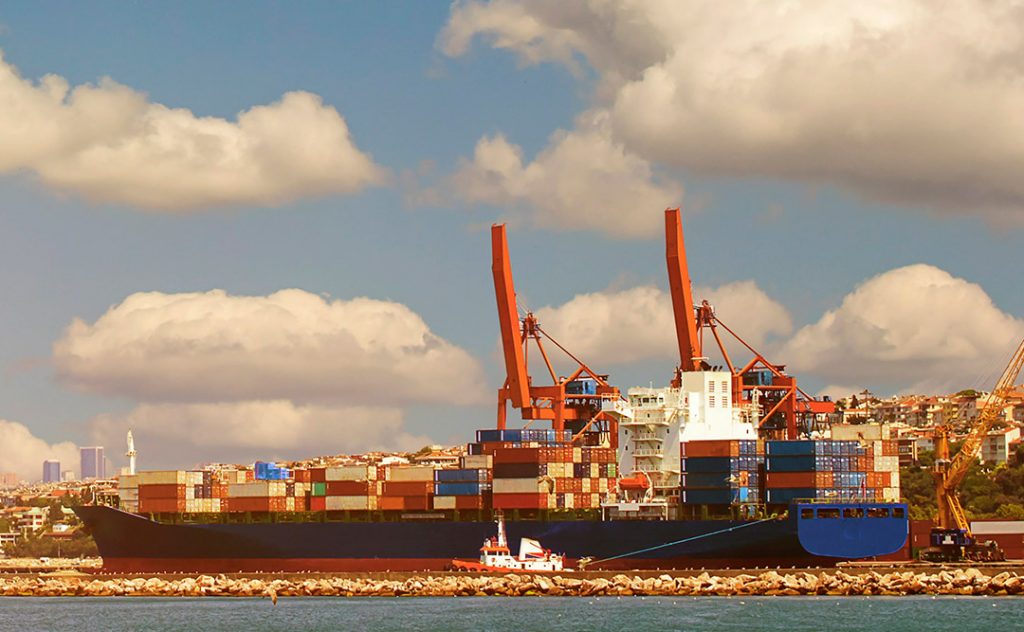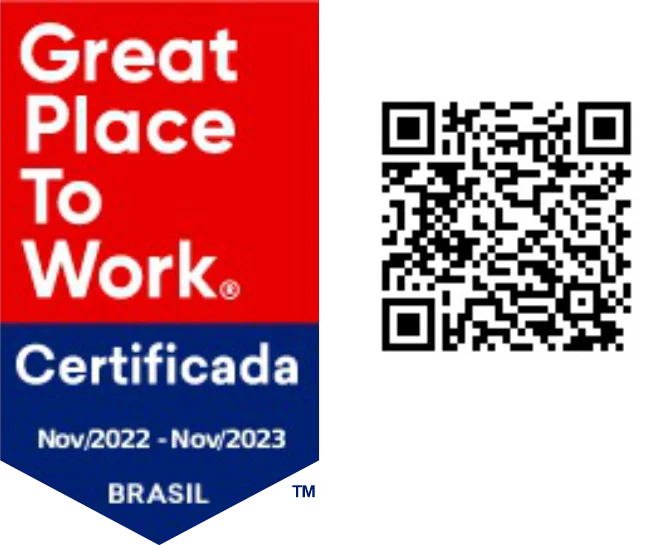Who can request the Drawback and how to get it?

To learn more about Drawback, allow us to summarize its concept first. Developed by the Federal Government in 1996, this regime allows the suspension or exemption of taxes on the importation, national or international, of inputs linked to products that will later be exported. This means that it will not be mandatory to pay certain […]

